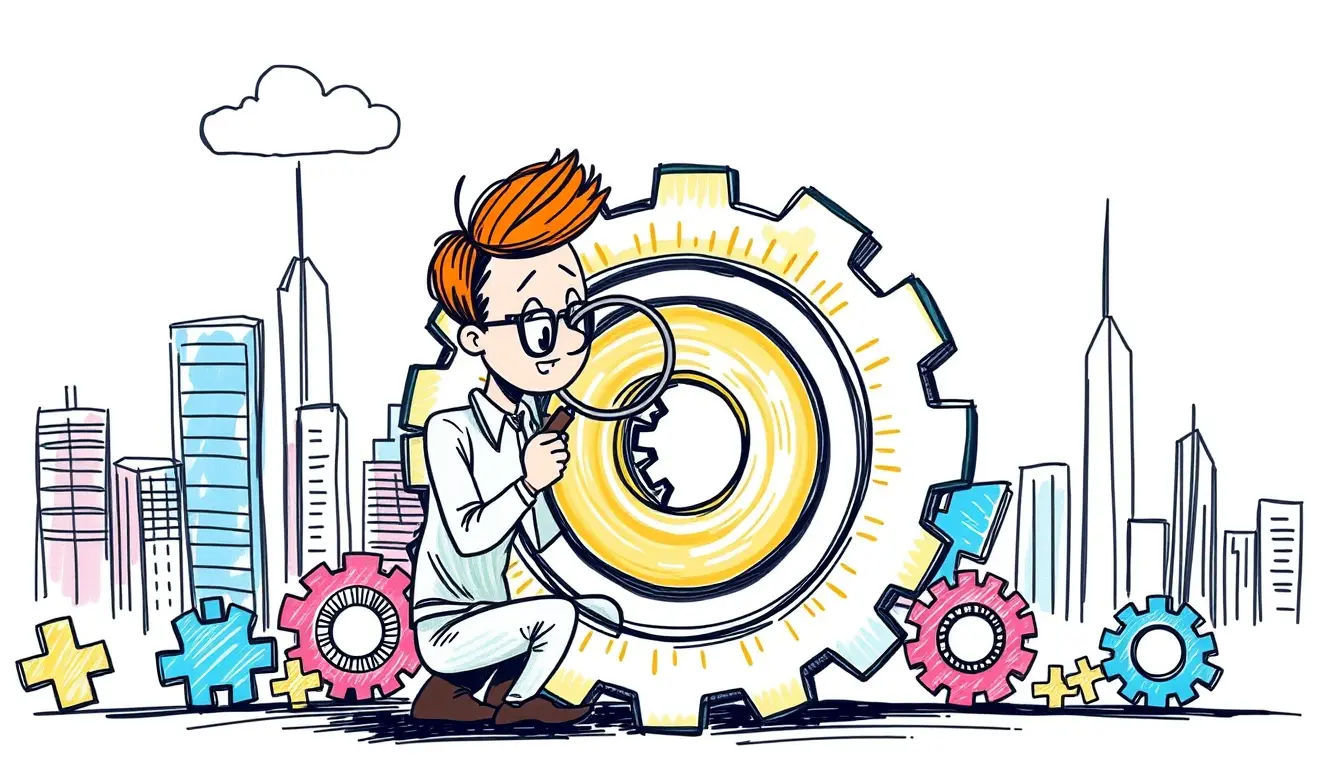Predictive analytics is a powerful tool that enables business analysts to make informed decisions by forecasting future outcomes based on historical data and statistical models. By leveraging predictive analytics techniques, business analysts can identify opportunities, mitigate risks, and drive business growth.
What is Predictive Analytics?
Predictive analytics is a branch of advanced analytics that uses statistical models, machine learning algorithms, and data mining techniques to predict future events or behaviors. It involves analyzing large datasets to identify patterns, trends, and relationships that can inform business decisions. Predictive analytics is used in various industries, including finance, healthcare, retail, and marketing, to name a few.
Predictive analytics techniques can be applied to a wide range of business problems, such as customer churn prediction, credit risk assessment, demand forecasting, and marketing campaign optimization. By using predictive analytics, business analysts can develop predictive models that provide insights into future outcomes, enabling them to make data-driven decisions.
Types of Predictive Analytics Techniques
There are several types of predictive analytics techniques that business analysts can use, including:
Regression Analysis
Regression analysis is a statistical technique used to establish a relationship between a dependent variable and one or more independent variables. It is commonly used for predicting continuous outcomes, such as stock prices or temperatures.
Example: A company uses linear regression to predict the relationship between the number of hours studied and the grade achieved by students.
Decision Trees
Decision trees are a type of machine learning algorithm used for classification and regression tasks. They involve splitting data into subsets based on specific conditions, resulting in a tree-like structure.
Example: A bank uses decision trees to predict the likelihood of a customer defaulting on a loan based on their credit score, income, and employment history.
Clustering Analysis
Clustering analysis is a technique used to group similar data points into clusters based on their characteristics. It is commonly used for customer segmentation, anomaly detection, and recommender systems.
Example: A retailer uses k-means clustering to segment customers based on their purchasing behavior, demographics, and preferences.
Neural Networks
Neural networks are a type of machine learning algorithm inspired by the structure and function of the human brain. They are commonly used for image and speech recognition, natural language processing, and predictive modeling.
Example: A company uses neural networks to predict customer churn based on their usage patterns, billing data, and customer feedback.
Time Series Analysis
Time series analysis is a technique used to analyze and forecast time-stamped data, such as stock prices, weather patterns, or website traffic.
Example: A company uses ARIMA (AutoRegressive Integrated Moving Average) to forecast sales based on historical data and seasonal trends.
How to Implement Predictive Analytics Techniques
Implementing predictive analytics techniques requires a combination of technical skills, business acumen, and data-driven thinking. Here are some steps to get started:
Step 1: Define the Problem
Identify a business problem or opportunity that can be addressed using predictive analytics.
Step 2: Collect and Prepare Data
Collect relevant data from various sources, clean and preprocess it, and ensure it is in a suitable format for analysis.
Step 3: Choose a Technique
Select a predictive analytics technique that is suitable for the problem, such as regression analysis, decision trees, or clustering analysis.
Step 4: Build and Train a Model
Build a predictive model using the chosen technique, train it using historical data, and evaluate its performance using metrics such as accuracy, precision, and recall.
Step 5: Deploy and Refine the Model
Deploy the model in a production environment, monitor its performance, and refine it as needed to ensure it remains accurate and relevant.
Benefits of Predictive Analytics Techniques
Predictive analytics techniques offer several benefits to business analysts, including:
Improved Decision-Making
Predictive analytics enables business analysts to make informed decisions based on data-driven insights, reducing the risk of errors and biases.
Increased Efficiency
Predictive analytics automates many tasks, such as data analysis and forecasting, freeing up time for more strategic activities.
Enhanced Customer Experience
Predictive analytics enables businesses to personalize customer experiences, improve customer retention, and increase customer satisfaction.
Competitive Advantage
Businesses that leverage predictive analytics can gain a competitive advantage over their rivals, driving innovation and growth.
Challenges of Predictive Analytics Techniques
While predictive analytics techniques offer many benefits, they also present several challenges, including:
Data Quality Issues
Poor data quality can lead to inaccurate predictions, making it essential to ensure data is clean, complete, and relevant.
Model Complexity
Predictive models can be complex and difficult to interpret, requiring specialized skills and expertise.
Overfitting and Underfitting
Predictive models can suffer from overfitting or underfitting, leading to poor performance and inaccurate predictions.
Ethical Considerations
Predictive analytics raises ethical concerns, such as bias and discrimination, which must be addressed through transparent and responsible practices.
FAQ
What is the difference between predictive analytics and machine learning?
Predictive analytics is a broader field that encompasses machine learning, which is a specific type of predictive analytics that uses algorithms to learn from data.
Can predictive analytics be used for real-time decision-making?
Yes, predictive analytics can be used for real-time decision-making, such as fraud detection, credit scoring, and personalized marketing.
How do I get started with predictive analytics?
Start by identifying a business problem or opportunity, collecting and preparing data, and choosing a predictive analytics technique that is suitable for the problem.
What are some common applications of predictive analytics?
Common applications of predictive analytics include customer churn prediction, credit risk assessment, demand forecasting, and marketing campaign optimization.
How do I measure the success of a predictive analytics project?
Measure the success of a predictive analytics project by evaluating metrics such as accuracy, precision, recall, and ROI, as well as business outcomes such as increased revenue and improved customer satisfaction.
Conclusion
Predictive analytics techniques are powerful tools that enable business analysts to make informed decisions, drive business growth, and stay ahead of the competition. By understanding the different types of predictive analytics techniques, implementing them effectively, and addressing the challenges they present, business analysts can unlock the full potential of predictive analytics and achieve remarkable results.














Leave a Reply